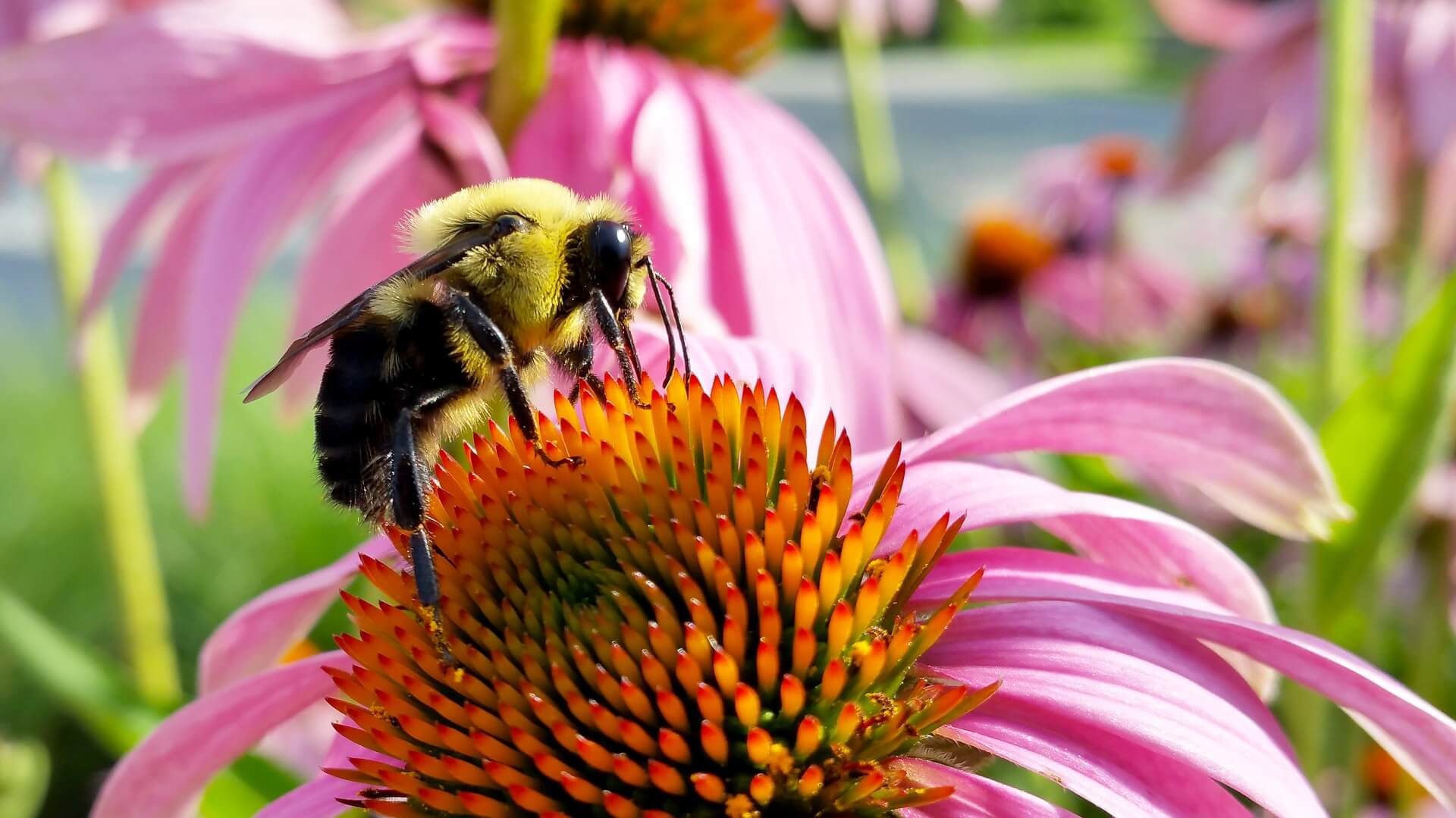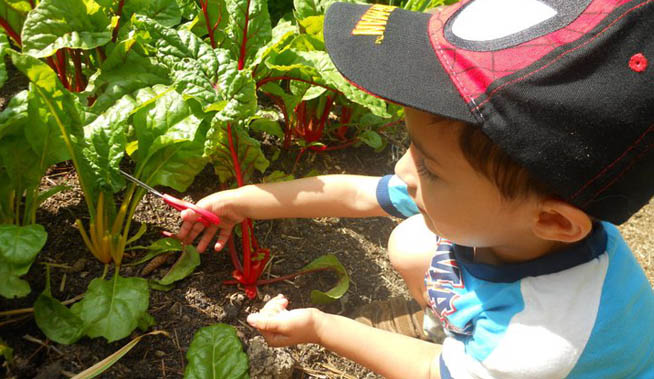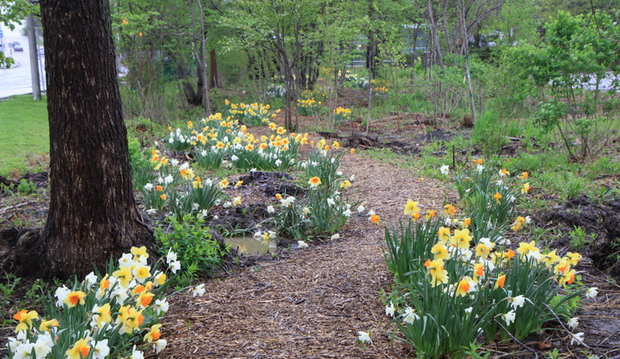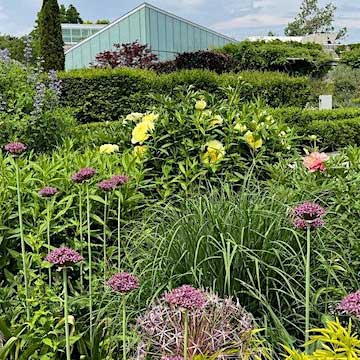Toronto Botanical Gardens – Every season has a smell
Imagine walking through a garden and seeing an abundance of different flowers, a multitude of colours, fragrant smells and insects; and each month you see and smell something different.
(cover photo by Toronto Botanical Gardens)
Surrounded by Toronto’s rich mansions in the Bridal Path area is a botanical oasis, Alexander Milne bought 500 acres of farmland in 1830. The land is the traditional territory of the Mississaugas which was alienated from them through the Toronto Purchase of 1787. Little did Alexander Milne envision that 200 years later a portion of this property would include 17 themed gardens. Purchased by the City of Toronto in 1955, the focus of the park has always been to allow public enjoyment to this beautiful 4 acre garden located on Wilket Creek, one of the tributaries of the Don River West Branch.
Even though there are no longer any historical buildings on site, both heritage and horticultural enthusiasts will enjoy a visit. From the early morning sun rays through the trees to the sunsets over the flower beds, all will be entertained by the surroundings.
The original homestead was destroyed by fire in 1964. Now standing on the foundations of that building is a tea house where visitors can enjoy a tranquil moment gazing at the gardens, along with the Milne House Garden Club. For the past 60 years, the Garden Club has educated and fostered a love of floral design, horticulture, and environmental issues.
Each garden focuses on sustainability, education, water conservation, and supporting the local wildlife.

Photo: pinterest.com
The Pollinator Garden provides a robust feeding habitat for butterflies, bees, moths, ants and more. Starting in the spring, pollinators come out of winter hibernation to enjoy daffodils, crocuses, and lilacs across the garden. The feeding frenzy continues through the summer months with roses and milkweeds and ends in the fall with cornflowers and asters. Then the flower stems are left over the winter to provide protection and homes to the various insects for another year.
The Green Roof Garden is a perfect example of sustainability. The flowering roof retains excess rainwater from being flushed down the sewers as well as reducing the summer heat from surrounding buildings and the hot parking lot.

Photo: Teaching Garden, Toronto Botanical Gardens
The Teaching Garden is a core part of the school and child educational programs. Children help plant seeds and harvest vegetables, while learning about the plants. It’s a wonderful space where kids can get their hands in the dirt, hold a worm, participate in gardening, and connect with nature. All the food that is grown and harvested is donated to the North York Harvest Food Bank. Sometimes it’s a competition over who will harvest the tomatoes first, the squirrels or the children.

Photo: Woodland Walk, Toronto Botanical Gardens
The newest addition to the gardens is a wonderful Woodland Walk with an assortment of native trees, shrubs and wildflower meadows. The design combines a native woodland and prairie garden, providing a year-round habitat for birds and other wildlife.
Helen, a recent visitor wrote “This is a lovely peaceful city gem to wind down and walk. We thoroughly enjoyed our exploration around the garden with our toddler. So many flowers and trees for the spring season, many plants are tagged. So fun and educational. So many trails and so much to see, we’ll be back again”.
The Toronto Botanical Gardens are open from dawn to dusk each day. From early Spring to late Fall, visitors can check out the garden shop, visitor center, cafe and horticultural library. During January to March, the buildings are closed on Mondays.
The Toronto Botanical Gardens is part of the Trust’s Passport Places program, a National Trust membership benefit that provides free access to 100 historic places in Canada, as well as 1000+ National Trust places abroad. Become a member today!
This article was written with the following sources:
- The Toronto Botanical Center, https://torontobotanicalgarden.ca/
- BlogTO, Alice McMurtry, Posted on December 13, 2020, The early history of Edwards Gardens and Milne Hollow in Toronto, https://www.blogto.com/city/2020/12/edwards-gardens-toronto-history/ .
- North York Historical Society, Susan Goldenberg, Director, North York Historical Society, November 1, 20217, Fire Destroys Landmark House (Milne House, Edwards Gardens) https://nyhs.ca/fire-destroys-landmark-house-milne-house-edwards-gardens/
- Milne House Garden Club, https://milnehousegardenclub.ca/

